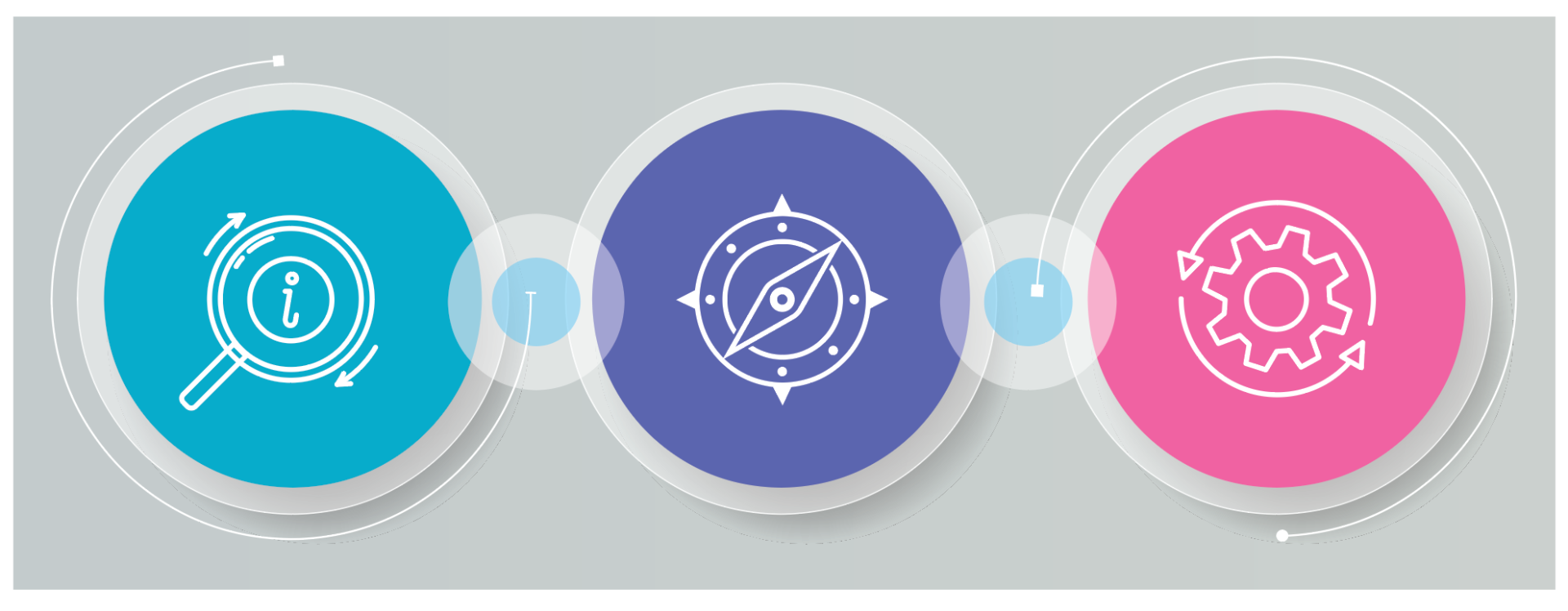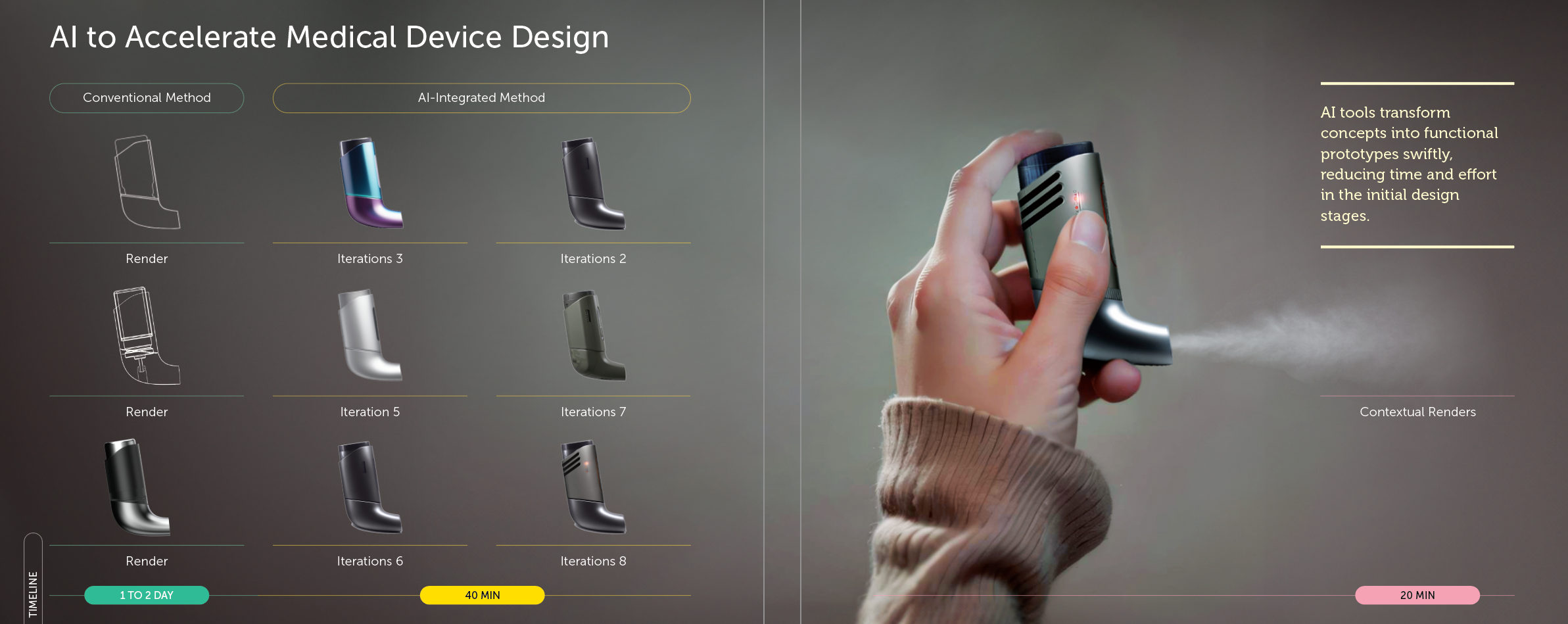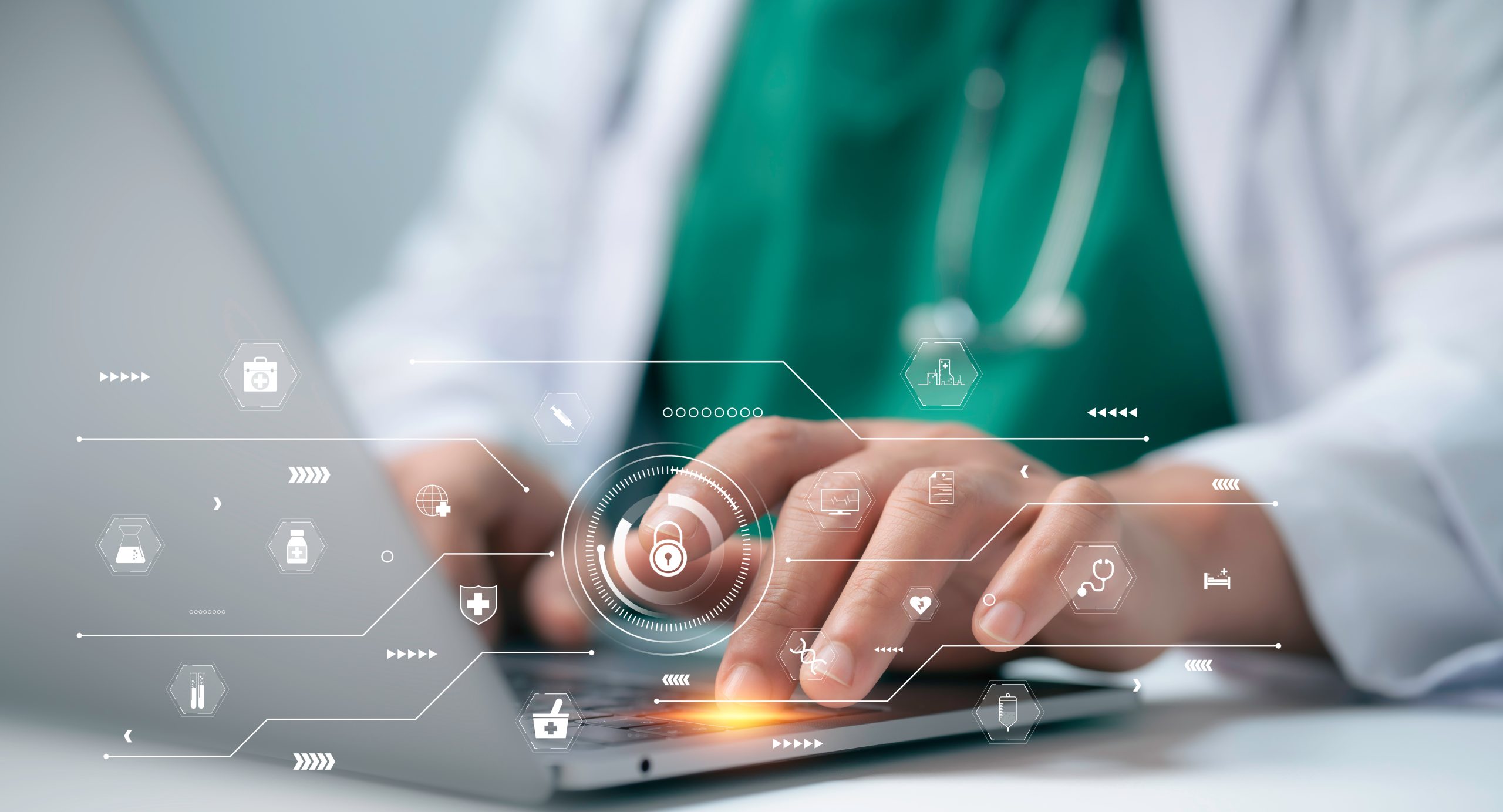In the rapidly evolving healthcare landscape, a silent revolution is underway, poised to transform the way we perceive and engage with medical technology. The integration of artificial intelligence (AI) into medical devices has heralded a new era in healthcare—ushering in what many experts term the “Smart Revolution”.
The traditional role of OEMs in healthcare, once confined to the manufacturing and distribution of devices, is undergoing a radical change. They are evolving towards a forward-thinking model that emphasises not just treatment but prevention and cure of diseases, proclaiming a new paradigm in healthcare delivery. Our thought leaders envision a future where healthcare delivery is transformed by the intelligent integration of technology, offering a glimpse into the innovative strategies reshaping the medical device industry.
Evolutionary Strategies for Medical Device OEMs
Innovative trends are reshaping the realm of smart medical devices. Medical device OEMs are strategically adopting a tri-fold approach to meet evolving healthcare demands and generate new revenue streams.

Reinvent
- Personalised Healthcare Approach: Medical device OEMs are tailoring smart devices to individual needs, enabling personalised monitoring and treatment plans based on comprehensive patient-specific data analysis.
- Edge AI-Driven Diagnostics: Integrating AI empowers rapid and precise diagnostics, enabling professionals to make informed decisions swiftly at the point of care.
- Wearable Technology and Miniaturisation: Transitioning from conventional tools to wearable gadgets, medical device OEMs can facilitate continuous real-time monitoring, enhancing patient mobility and comfort.
Reposition
- Shift to Preventive Care: OEMs are realigning strategies towards proactive measures, emphasising early detection and intervention rather than reactive treatment.
- Remote Patient Monitoring (RPM): Embracing telemedicine, and smart medical devices enable RPM, extending healthcare beyond clinical settings, ensuring continuous care and timely interventions.
- Consumer-Centric Design: Devices are crafted with user-friendliness, empowering individuals to actively engage in managing their health, and promoting adherence to treatment plans.
Reconfigure
Direct-to-Consumer Models: Medical Device OEMs are bypassing intermediaries, establishing direct connections with consumers, and expanding services beyond devices to provide comprehensive healthcare solutions. For example, Zimmer Biomet has partnered with technology platform provider HealthLoop to support patients awaiting joint replacement. HealthLoop’s patient engagement app educates patients with pre-to-post-operative protocols, and collects data on outcomes and post-surgery therapy, to help estimate reimbursement costs.
Data Monetisation Strategies: Medical device OEMs capitalise not only on device sales but also on generated data, offering data analytics services, and creating additional revenue streams. For instance, GE’s Edison platform converts vast amount of patient’s data into actionable insights using analytics, machine learning, deep learning and AI.
Ecosystem Collaboration: OEMs are now forging partnerships across the healthcare spectrum, integrating seamlessly with providers, insurers, and tech firms, optimising the delivery of value-added services and solutions. For example, Philips HealthSuite, the company aims to increase market share in a range of segments as wide as healthy living, prevention and diagnosis, treatment, recovery and home care.
Smart Medical Devices for Remote Patient Monitoring
AI-enhanced smart medical devices are revolutionising remote patient monitoring, empowering healthcare beyond traditional boundaries. These devices, embedded with AI algorithms, collect and analyse patient data in real-time, offering proactive insights for remote healthcare providers.
For instance, wearable ECG monitors like the Apple Watch Series 7 with its AI-powered algorithms can detect irregular heart rhythms, alerting users and healthcare providers.
Another example is the BioSticker by BioIntelliSense, which monitors vital signs continuously, transmitting data to healthcare professionals, and enabling early intervention.
Moreover, AI-driven smart devices, such as remote glucose monitors like the Dexcom G7, provide real-time glucose levels and trend predictions for patients with diabetes. These innovations, known for their exceptional accuracy rates, leverage vast databases of patient data to refine algorithms and improve predictive capabilities. By analyzing large volumes of patient data, these devices can anticipate fluctuations in glucose levels with remarkable precision. These innovations exemplify how AI-equipped devices enhance remote patient monitoring, ensuring timely interventions, personalised care, and improved health outcomes, fostering a new era of patient-centric healthcare delivery.
AI-Driven Revolution in Diagnostic Smart Medical Devices
Smart medical devices leveraging AI capabilities are reshaping diagnostics, introducing a paradigm shift by utilising AI-driven analysis and interpretation. While digital formats existed, their full potential remained untapped until AI-enabled algorithms streamlined workflows and reduced the burden of analysis.
For instance, AI-powered imaging tools like Zebra Medical Vision’s algorithms rapidly analyse medical images, detecting abnormalities with high accuracy, and transforming radiology practices. Additionally, smart platforms such as Butterfly Network’s handheld ultrasound devices utilise AI for image interpretation, making ultrasound accessible in various medical settings, and enhancing diagnostic capabilities.
These AI-enhanced devices not only automate tasks, but they also augment clinical decision-making. They represent a shift where AI doesn’t just digitise data but it actively reduces clinician workload, enhances accuracy, and unlocks the latent potential of digital diagnostics, ushering in a new era of efficiency and precision in healthcare diagnostics.
Streamlining Hospital Operations: Tata Elxsi's IoMT Solution for Amsterdam's Top Healthcare Institution
Internet of Medical Things (IoMT) plays a pivotal role in revolutionizing asset management. IoMT enables real-time tracking and management of medical assets through IoT devices, providing valuable insights into asset location, usage, and condition, ultimately optimizing inventory management and improving operational efficiency in healthcare facilities.
Tata Elxsi developed an end-to-end asset tracking solution leveraging IoMT to address the pressing need for efficient medical asset management in a leading hospital in Amsterdam. Our solution utilizes the TETHER IoT data platform to locate and track metadata associated with medical assets, including their state, cleanliness, number of uses, and expiry dates. Actively tracked assets are equipped with BLE tags, transmitting their location to gateway mesh networks, which relay signals to cloud services for triangulation and precise asset location within the building. Passively tracked assets utilize barcodes and RFID tags for seamless tracking. This comprehensive solution ensures streamlined asset management, enhancing operational efficiency and patient care delivery.
AI to Accelerate Medical Device Design
AI has redefined the landscape of medical device design, expediting and refining the ideation process. Through generative AI, the iterative design phase is streamlined as algorithms autonomously generate multiple design variations based on predefined criteria like material properties, manufacturing constraints, and performance requisites. Engineers evaluate these options, selecting the most promising one for further development.
In the Industrial Design and Ideation phase, leading AI platforms like Mid Journey, Vizcom, Stable diffusion, and others offer diverse product visualisations with speed expediting the approval processes from stakeholders. For UI design in mobile apps and websites, AI tools transform concepts into functional prototypes swiftly, reducing time and effort in the initial design stages.

For usability testing, Imagine if advanced digital applications could capture users’ expressions, eye movements, and brainwave patterns in real-time using AI algorithms. This data is invaluable for refining patient interfaces, optimizing usability, and ensuring user-centric design. By merging AI analysis with human insights, usability testing in healthcare becomes more accurate and efficient than ever before, leading to enhanced patient outcomes and improved user experiences.
AI’s influence extends to 3D printing in the medical device domain. It optimises design and material selection for 3D printed devices, analysing patient data to craft customised implants and prosthetics. This precision ensures a perfect fit and optimal biomechanical performance, elevating patient outcomes and diminishing complications.
Ensuring Data Privacy and Security in Smart Medical Devices
A study conducted with a group of more than 4,000 patients with long-term conditions in 2022 found that one in three patients are happy to share their data with their healthcare professionals. - O'reilly
Over the next decade, it is anticipated that the global tally of interconnected medical devices will exceed 50 billion. Regrettably, these devices also present cybersecurity threats to both healthcare institutions and the individuals under their care.

As per Capterra’s 2022 Medical IoT survey findings, 75% of healthcare practices have experienced at least one cyberattack, with 41% encountering multiple attacks. It’s unsurprising that healthcare organizations with a higher proportion of connected devices face a greater frequency of attacks.
Beyond conventional hospital IT systems, medical devices stand out as particularly susceptible due to their diverse specifications and disparate manufacturers.
The FDA will decline to consider submissions for 510(k), 513, 515(c), 515(f), or 520(m) approval unless the included medical device demonstrates adequate planning, design procedures, and bills of material to establish its cybersecurity.
Patient Trust lies at the core of smart medical device development, compelling manufacturers to prioritise stringent measures that protect patient data privacy and security. These measures collectively ensure that as smart medical devices continue to innovate and connect within healthcare ecosystems, patient data remains shielded from vulnerabilities, reinforcing trust and confidence in these transformative technologies.
Authors
Harshal K Sawant
Practice Head, Healthcare Software Services, Tata Elxsi
Harshal Sawant, with extensive experience in product engineering and healthcare technology, leads Tata Elxsi’s Healthcare Software Services. His expertise spans digital enablement, DevOps, and innovative solutions, driving forward the digital transformation of prominent US healthcare providers.
Sandeep Thombre
Senior Manager, Product Design, Tata Elxsi
Sandeep Thombre is a seasoned design professional with over two decades of experience, currently leading product design at Tata Elxsi’s London Studio. His career, grounded in mechanical engineering and industrial design, spans diverse domains including medical and consumer products.


